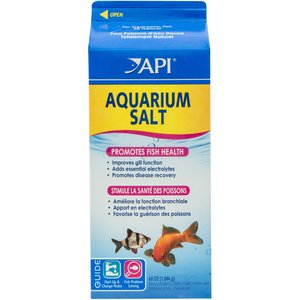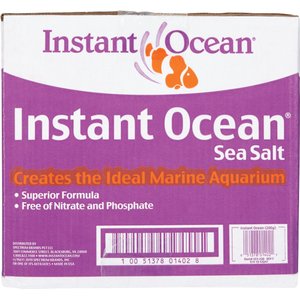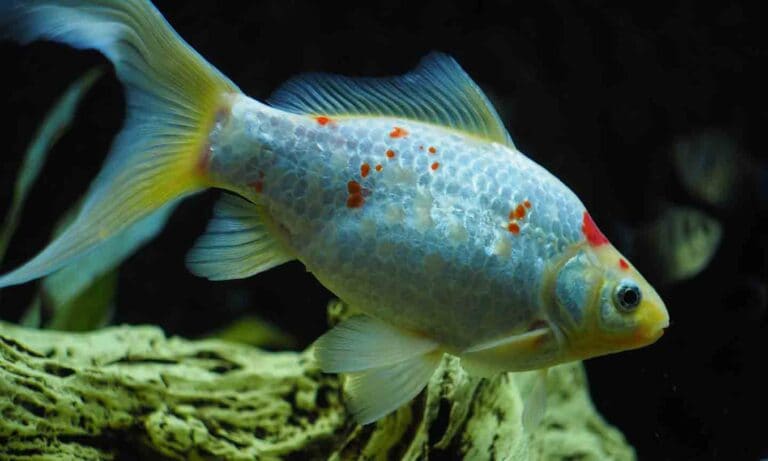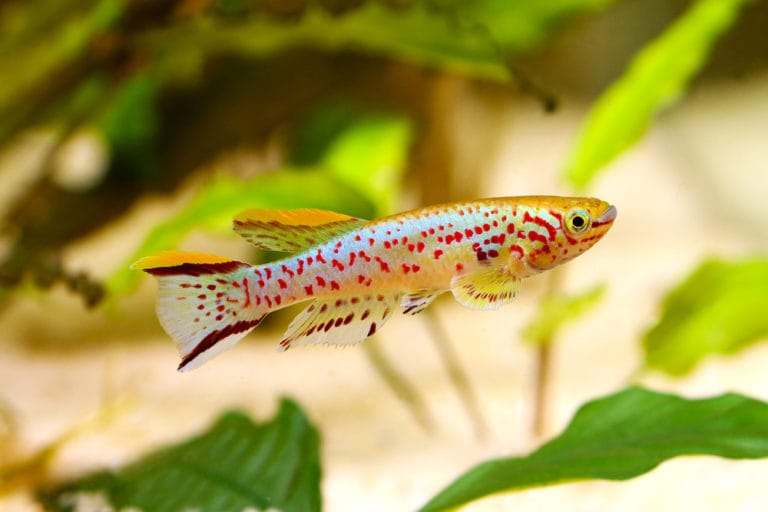Salt is one of the most widely used medications in freshwater tropical fishkeeping, but that doesn’t mean it’s used properly! While it can be very effective in certain situations, in the wrong situations salt can do more harm than good.
Types of Salt
There are two types of salt on sale: freshwater aquarium salt and marine aquarium salt. Freshwater aquarium salt is sometimes called tonic salt or livebearer salt. Some brands are little more than plain sodium chloride but some contain small amounts of other mineral salts as well that help to buffer against pH changes. Freshwater salt is usually sold in small boxes and the required dosage is normally estimated in very approximate terms, typically one or more teaspoons per gallon.
Marine aquarium salt is designed to produce artificial seawater with a similar mineral composition to natural seawater but a much higher buffering capacity. In other words, compared to natural seawater, artificial seawater is much better at resisting pH fluctuations between water changes. Marine aquarists measure salinity in a variety of ways but most commonly by using either a hydrometer or a refractometer. Marine aquarium salt is costlier than freshwater salt and is normally sold is large boxes, bags or buckets.
Salt Concentrations
Salinity is the concentration of salt in a given sample of water. Sometimes salinity will be given in parts per thousand (ppt) and sometimes in grams per liter (g/l), but for all practical purposes the two are interchangeable. So if a concentration of 5 ppt is required, that’s the same thing as adding 5 grams of salt to each liter of water.
Some aquarists may prefer to avoid the metric system, but unfortunately there isn’t a neat conversion between parts per thousand and ounces per gallon. There are however approximately 4 liters per US gallon and 28 grams per ounce, so if the required dosage is 5 ppt, that’s 5 grams per liter, and therefore 4 x 5 = 20 grams per US gallon, and that in turn works out as 20/28 = 0.7 ounces per US gallon.
One level teaspoon of salt contains weighs about 6 grams or 0.2 ounces, so it is possible, with care, to measure out salt using teaspoons. However, once a box of salt is opened it absorbs moisture from the air making this approach unreliable unless the box of salt is stored in a dry, airtight container between uses.
Uses for and Myths about Salt
Whitespot and Velvet
Salt has long been a popular treatment for whitespot and velvet. On the whole it is a safe therapy and a good choice for use with fish that react badly to commercial medications. Copper and formalin are both widely used in commercial whitespot and velvet medications but are known to stress, even kill, sensitive fish such as loaches, puffers, knifefish, stingrays and some catfish.
The usual approach is to dose at about 2-3 ppt, or approximately 0.3-0.4 oz/gallon; that’s about 2 level teaspoons per US gallon. At the same time the fish aquarium temperature should be raised to between 82-86 degrees F. If the tank is kept warm and salty like this for two weeks, whitespot infestations are usually killed off quickly. Velvet is more stubborn and a longer period of time is normally required, as its complete darkness to prevent the free-living stages photosynthesizing.
Fungus and Finrot
Unlike the situation with whitespot and velvet, salt is not a useful treatment against external bacterial infections. Infected fish should be treated using commercial antibacterial and antibiotic medications. The same largely holds true for fungal infections, though fungal infections are very uncommon in marine and brackish water aquaria.
Salt as a Routine Additive to Freshwater Aquaria
Contrary to popular belief, there’s no advantage to the routine addition of salt to freshwater aquaria. At best, it does nothing useful, and at worst it causes problems for fish unable to deal with the elevated salinity. There is some evidence that Malawi Bloat for example can be triggered by the careless use of salt in Rift Valley cichlid communities.
Water Chemistry Management
Another misconception in the hobby is that salt helps to create hard, alkaline water conditions. On the contrary, sodium chloride has no effect on hardness or pH at all. With this said, marine aquarium salt mixes do contain mineral salts that raise general and carbonate hardness. Of course, if marine aquarium salt is going to be used this way, the fish species being kept will need to appreciate the slight salinity as well as the steady pH and high level of hardness. Classic examples of fish that could be kept this way include Guppies, Mollies and Bumblebee Gobies. A concentration of 5-8 ppt will do the trick nicely, this being the equivalent of about 0.6-1 oz/gallon.
Brackish Water Fishes
If brackish water fish are being kept, marine aquarium salt should be used rather than aquarium salt. The precise salinity isn’t usually important, with anything from 5 ppt (about 0.6 oz/gallon) through to 18 ppt (2.4 oz/gallon) being recommended. The low end of that range corresponds to about 15% normal seawater salinity and is ideal for brackish water communities based around livebearers, gobies and plants. Higher salinities may prevent the use of plants but will be better suited to the big brackish water species such as monos, scats, archerfish and Colombian shark catfish.
Posted by: Chewy Editorial
Featured Image: ML5/Wikipedia
Share:











